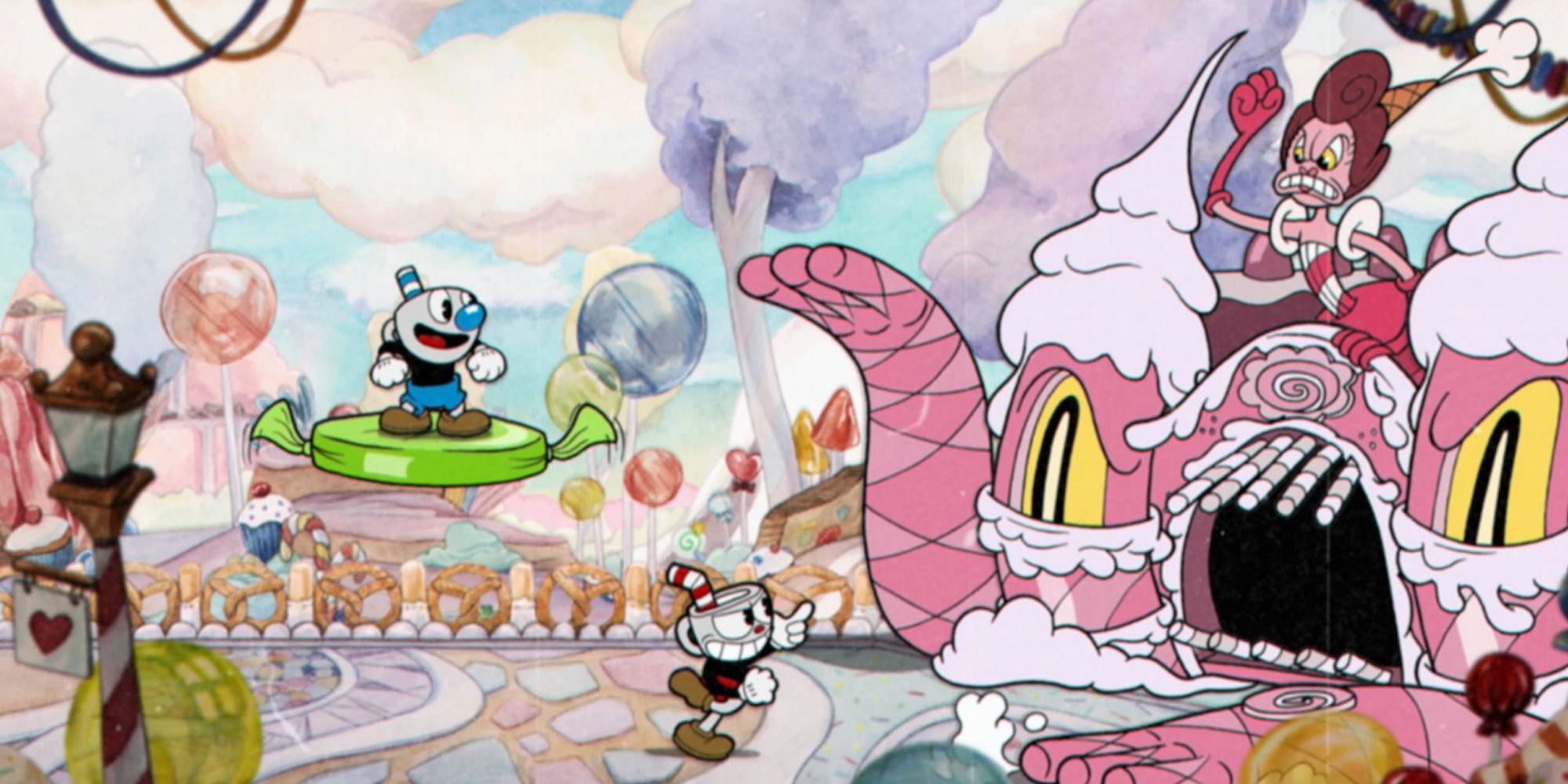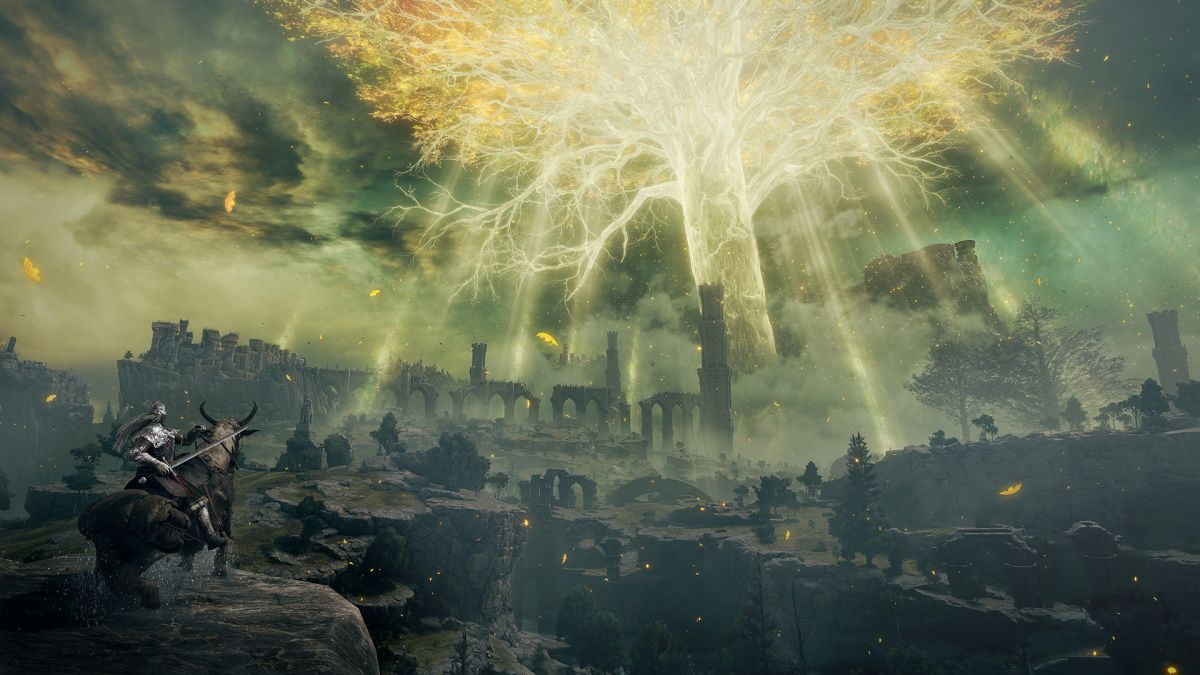Key Takeaways
- Games used to be mechanically difficult due to constraints like limited content space in cartridges.
- Modern games offer more accessible difficulty options which cater to a wider audience.
- Higher difficulty levels in modern games often increase challenge in unsatisfactory ways.
The thing that makes video games fun is that they pose a challenge. Sure, good music, books, and films, can be “challenging” in a certain sense if you engage with them, but games demand a certain level of skill to even experience them at all. However, there’s a sentiment that modern games are getting too easy to be fun, which is sort-of true, but not how you think.
Games Used to Be Truly Hard
I’ll be honest, though I started gaming during the NES era, I don’t believe I have ever actually finished a single game from that time. Sure, as a kid I could get past the first few levels of Super Mario Bros., or make it a fair bit into Contra, but inevitably, there would be a vertical difficulty wall and my little brain just didn’t have the energy or motivation to learn a dozen enemy patterns and repeatedly try those levels over and over again until I can play them blind. I knew kids like that for sure, but that wasn’t me. I had as much fun as I could, then moved on.
That era of gaming is notorious for being mechanically difficult, partly because a lot of the people working on these games came from an arcade background, where the point was to make the player pump as many coins into the machine as possible. The other part of the “NES-hard” equation is that the cartridges simply didn’t have much room for content, so one way to stretch out the number of playtime hours was to make the game hard, so you’d spend a lot of time making small amounts of progress.
There’s a certain type of player who finds this very appealing, but that’s not me. That player base still exists today, and is catered for by relatively niche titles like Cuphead or any of the numerous “soulslike” games.
For me, games hit a difficulty sweetspot from the mid-90s to the early 2010s. That’s basically the PlayStation 1 and PlayStation 2 generations. Games on these platforms could be hard, but in most cases the difficulty spikes could be overcome by a good night’s sleep and a clear head, rather than hours of grinding against a wall.
From the modern “HD” era of games onward, where video games had to cater to a massive mainstream audience, games certainly seem to offer more choices when it comes to difficulty. Which simply makes them accessible to more people, but there are also modern design conventions where things are really spelled out to players, which can make it feel like you’re being talked down to.
Modern Games Tempt Us to Lower Difficulty
I don’t have any problems with modern games offering more hints, or having pedantic tutorials, especially since most just let you turn those features off if you don’t like them. In fact, my only real “old man yells at cloud” opinion about video game difficulty is that modern games generally let you change the difficulty level at any point during gameplay.
The problem with this, is that when you run into a hard part of a game, the path of least resistance is to lower the difficulty to get past those segments and then (maybe) turn it back up to where it was. This is certainly convenient, but is it fun? At the very least, I’d like to see an option where you can choose to lock in your difficulty for a given playthrough, because when I’m frustrated I do get tempted to just turn the difficulty down, which ends up hurting my enjoyment.
Higher Difficulties Aren’t That Fun Anymore
Designing a game with multiple difficulty levels is hard, I can’t argue that it’s not. Games are usually balanced around their “normal” difficulty level, and that’s the intended experience. So if you find the normal setting on modern games too easy, just turn up the difficulty. What’s the problem?
The thing is, with a few rare exceptions, I’ve found that harder difficulty levels increase the challenge in the least satisfying ways. Instead of making enemies smarter, or offering new enemies and varieties, we simply get more of them, or they become bullet sponges.
Making a game more grindy isn’t what I’m looking for personally in a more challenging game, I want something that feels qualitatively different, but I guess since most players aren’t going to touch those higher settings there’s not much incentive to invest development time into it.
Accessible Difficulty Options Make a Game More Inclusive
I love that modern video games let players decide how hard they want the game to be. Even if that includes what’s essentially an interactive movie mode where you don’t really play: you’re just along for the ride. Hey, it’s your game. You paid for it, and you get to play it however you like.
So it’s not that I think modern video games are too easy, I just think that game challenge, which used to be the core appeal of playing a game versus consuming other media, isn’t getting the same care and attention it used to. There are many exceptions. The modern DOOM games, for example, are tuned to perfection in this regard. I’ve also been mightily impressed by the remake of System Shock, and its detailed difficulty choice system. Here the game is broken down into different elements, such as combat and puzzles. I hate futzing around with puzzles, unless I’m here to play a puzzle game, so the option to make the puzzles easy and leave the combat on default levels is a welcome one.
Games are more accessible now, and that’s good for everybody, but developers, please don’t forget what makes them fun in the first place!








